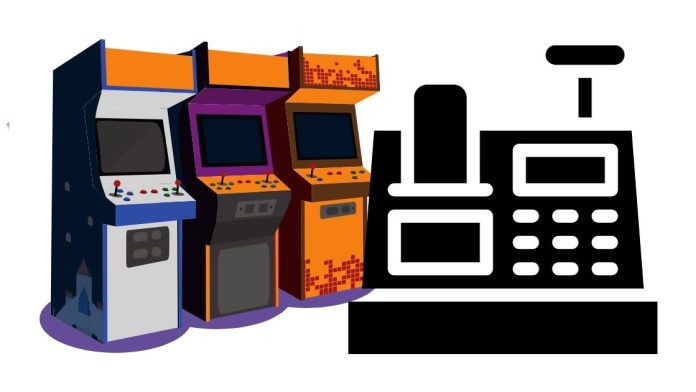The Wayback Machine is a digital archive of the internet, operated by the Internet Archive, a nonprofit organization. It allows users to view snapshots of websites as they appeared at various points in history. Here’s how it works:
How It Works:
- Web Crawling Technology:
- The Wayback Machine uses web crawlers, automated software programs, to scan and capture publicly accessible websites. These crawlers systematically browse the internet and store copies of web pages.
- Data Storage:
- Captured data, including HTML, images, videos, and other web elements, is stored on servers maintained by the Internet Archive.
- Timestamped Snapshots:
- The stored web pages are organized as timestamped snapshots, representing how a site appeared on a specific date and time.
- Access Interface:
- Users can enter a website’s URL in the Wayback Machine’s search bar to view the archived versions. A timeline and calendar interface let users select specific snapshots.
- Public Contributions:
- Individuals can also contribute to the archive by saving specific pages manually using the “Save Page Now” feature.
Technology Involved:
- Web Crawlers: Tools like Heritrix (developed by the Internet Archive) are used for large-scale web crawling.
- Data Storage and Compression: Massive server infrastructure and compression algorithms store petabytes of web data efficiently.
- Metadata Management: Systems catalog and index web page versions for easy retrieval.
Limitations:
- Not Comprehensive: It doesn’t capture every web page or site due to restrictions like robots.txt or server blocks.
- Interactive Features: Dynamic content like forms or live updates may not work in archived versions.
The Wayback Machine is an invaluable tool for research, historical preservation, and understanding the evolution of websites.



